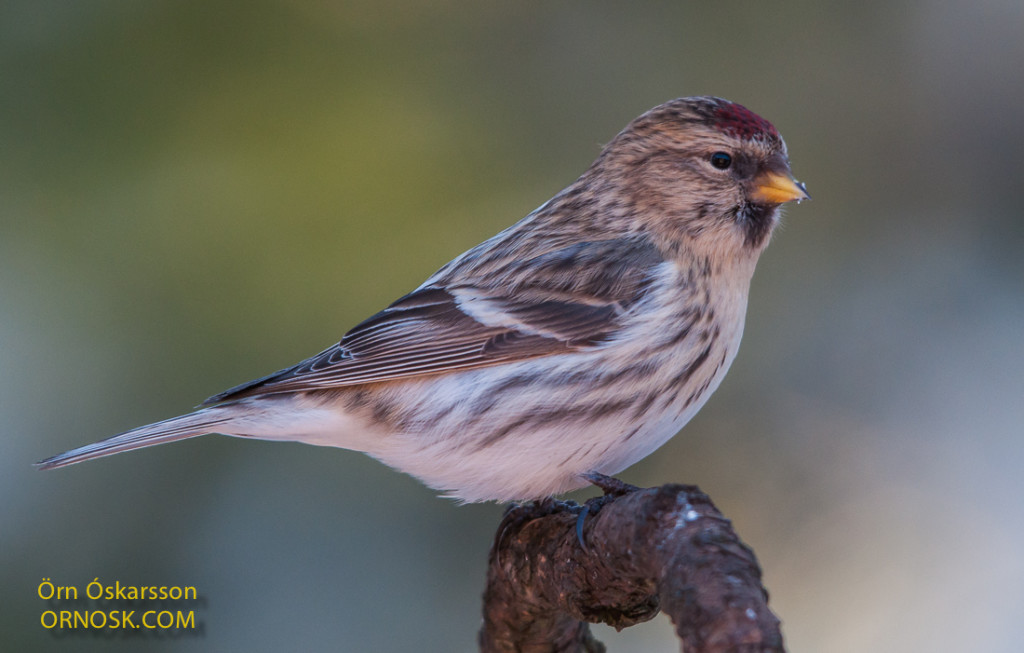
This winter the Redpolls in the garden have been from around 40 up to 100. This one posed so peacefully on a branch just outside the living room window.
In the past few weeks three Merlins have been daily guests in the garden. We have also had a Sparrowhawk visiting occasionally. All these birds of prey have caused havoc in the garden and sometimes the smaller birds stay away for several hours.
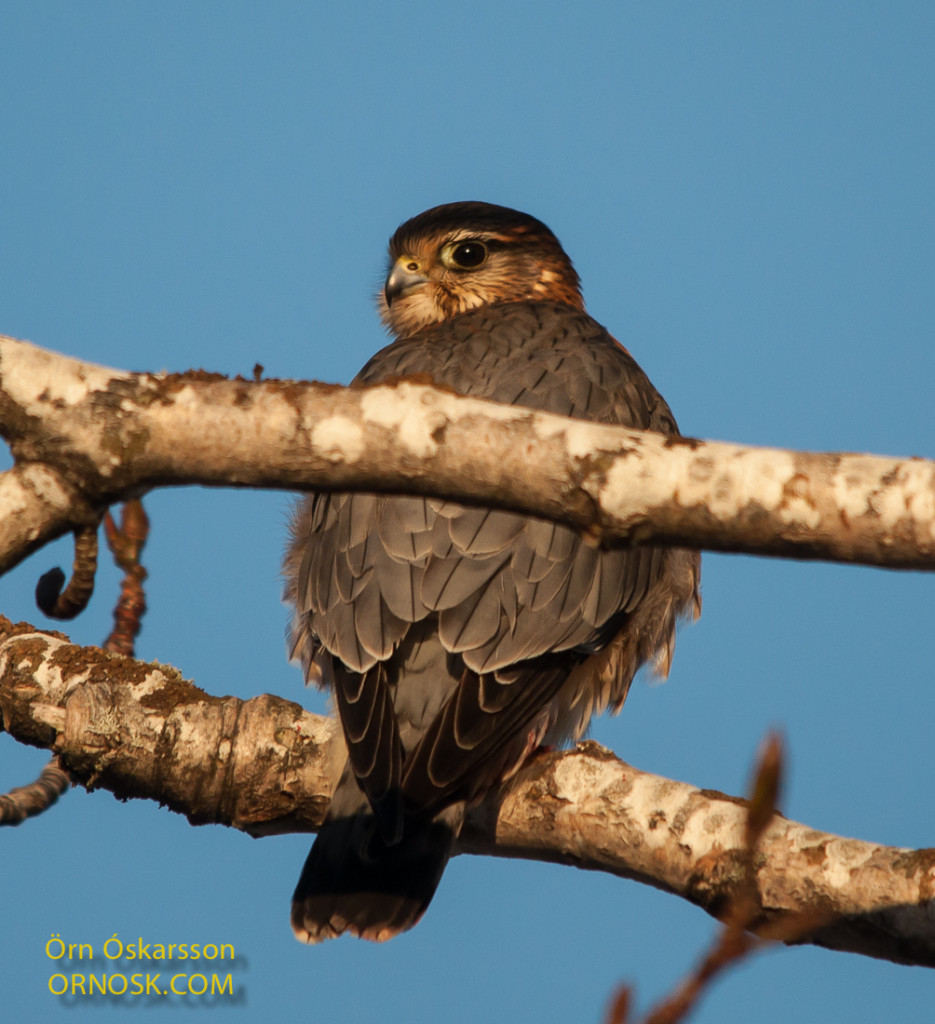
This male Merlin posed for the camera today after having dined on a Redpoll.
Only two Yellow-Bellied Sapsuckers have been seen in Iceland, the first one was found dead.
– In 2007 a Yellow-Bellied Sapsucker (Sphyrapicus varius) was spotted in a garden in Selfoss. This was only the second time that this species was seen in Iceland. The bird stayed in the garden from October 7 – 13, most of the time in the same birch tree.
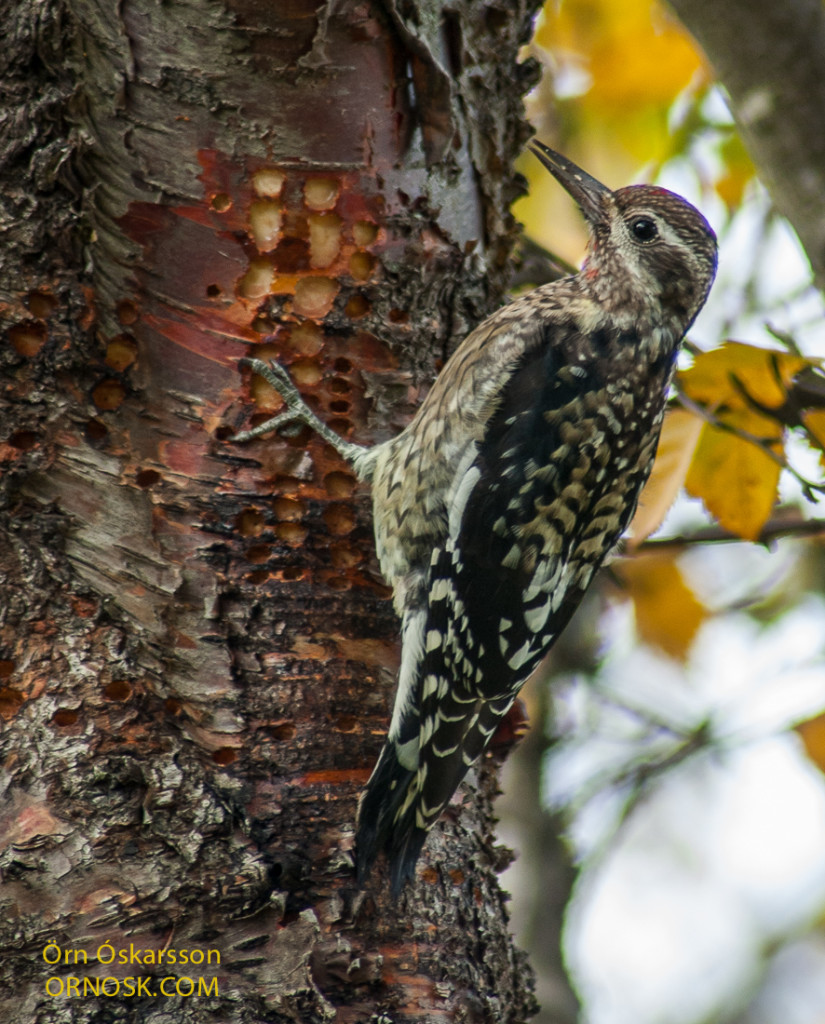
The Yellow-Bellied Sapsucker is a breeding bird in North America and has only been seen in the Western Palearctic five times and in Iceland only two times. The first bird was found dead in the South East of the country in 1961.
– It goes without saying that a lot of birders visited Selfoss to see this very rare vagrant.
The American Robin (Turdus migratorius) is a very rare vagrant from North America. In October 2008 this American Robin stayed on our garden from the 18th until the 31st. It was a very special feeling seeing this beautiful American bird nibbling on an apple just outside our window day after day.
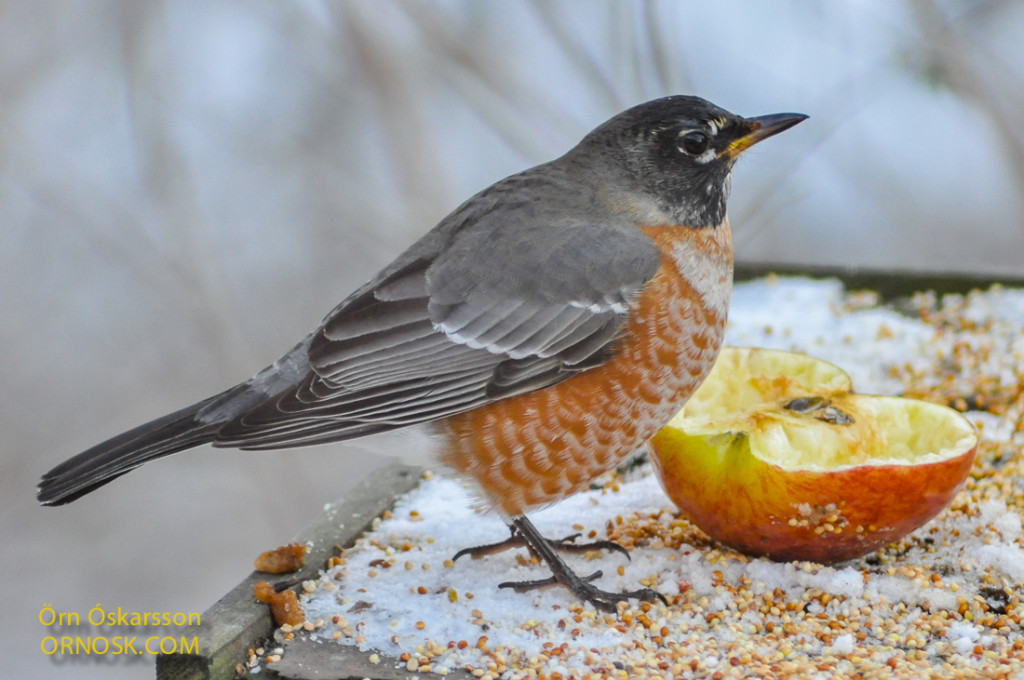
Seeing an American Robin is not something you can often expect here in the North Atlantic. A lot of birders visited us to see this rare vagrant.
There is no denying that the Pink-foot chicks are irresistable. They are just too cute and not afraid of people. It is perhaps not wise to go too close like Anna Rut did in this photo. When she was going to leave them they just followed her. They even tried to follow the car. In the end she was crying in the car because she thought they had lost their mother.
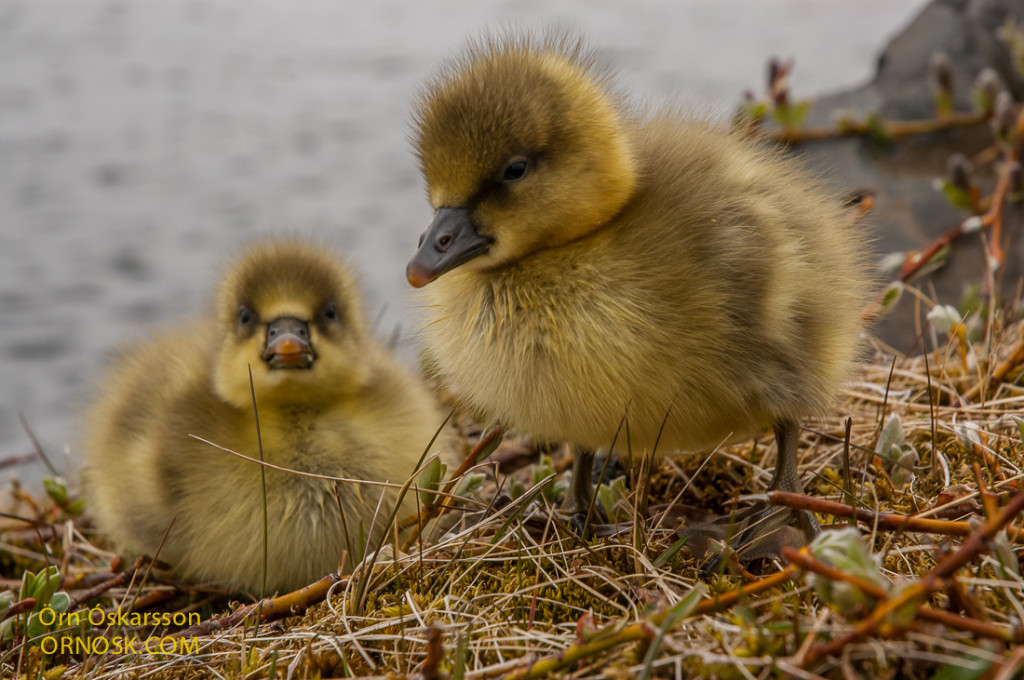
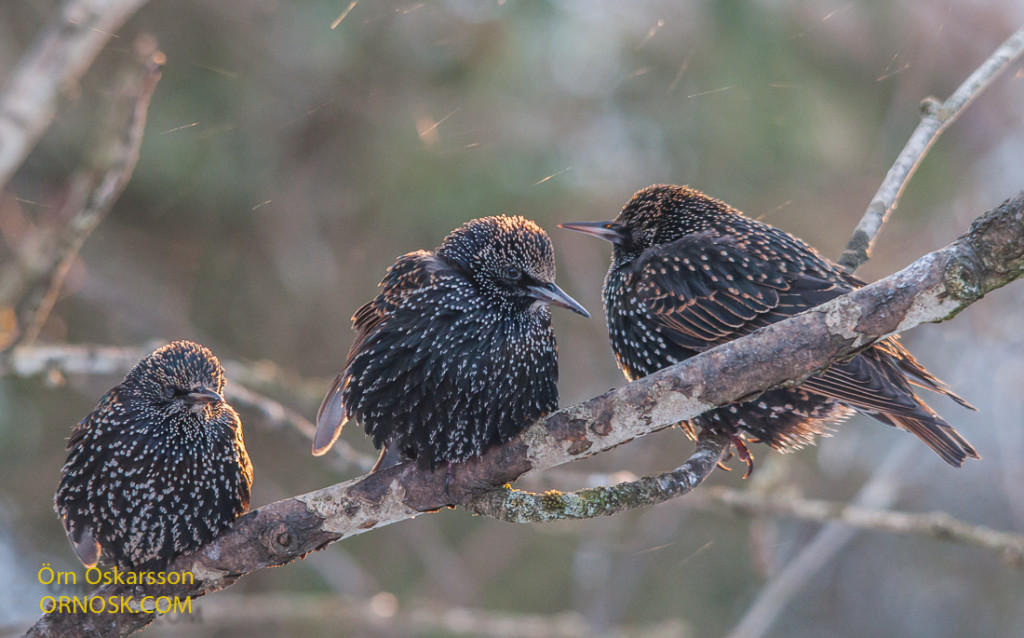
Starlings started breeding in ocean cliffs in the South East of Iceland around 1940 . From 1960 they have bred in Reykjavík and since then they have spread around the country. There are still parts of the country that the Starling has not yet moved to, mostly in the North East and East. They started breeding in Selfoss around 1990.
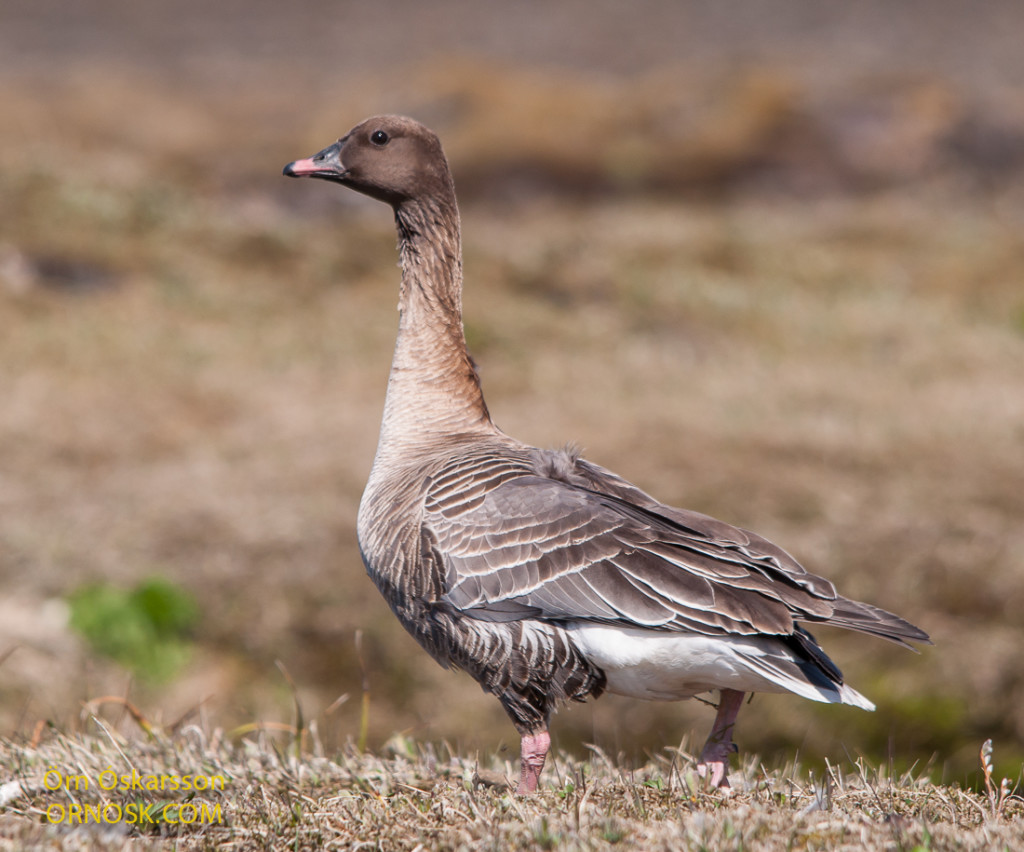
The Pink-footed Goose (Anser brachyrhynchus) is one of the characteristic species of the interior or highlands in Iceland. The number of breeding birds counts 45 – 50 thousand pairs, rapidly increasing in the last decades.
Continue reading The Pink-footed Goose lives in the interior
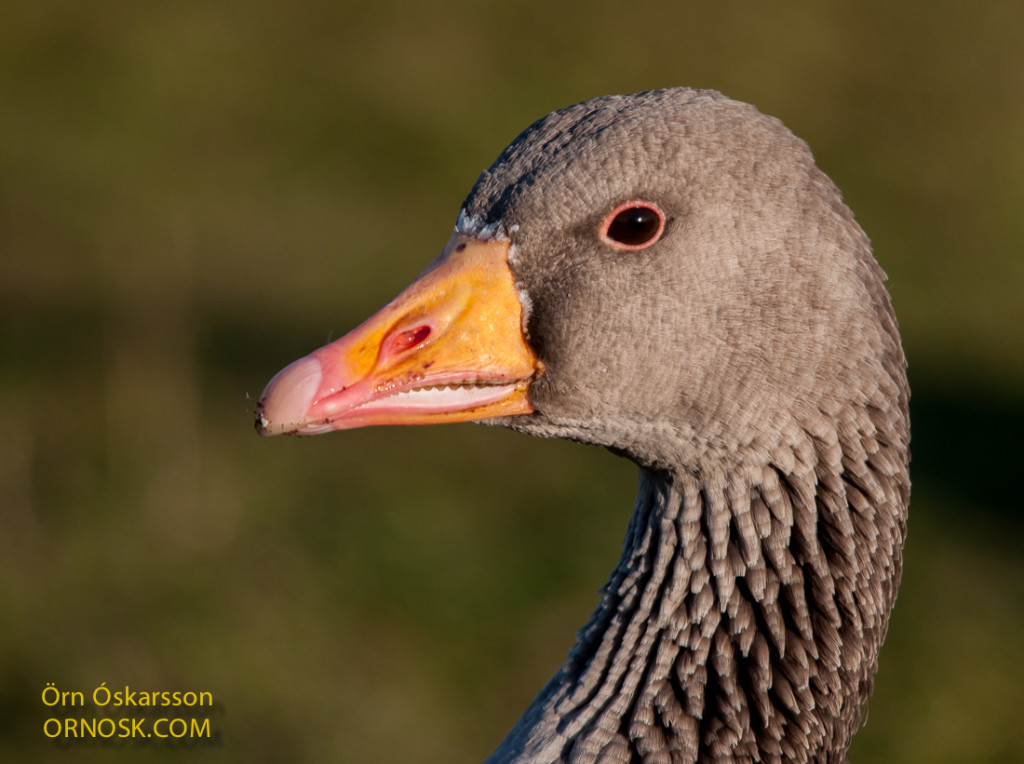
The Greylag (Anser anser) is the biggest goose that breeds in Iceland. The species counts 20 to 40 thousand pairs. The Greylag mostly breeds in the lowlands, in lush vegetation and scrubs near water.
It lays up to seven eggs. In later summer they can be seen in cornfields and meadows but most of them leave for the British Isles in the autumn. In the last few years thousands of Greylags have overwintered here in Iceland.
Continue reading The Greylag lays up to seven eggs
The Jack Snipe (Lymnocryptes minimus) is a tiny version of the Common Snipe. It is possibly a rare breeding bird in Iceland but breeding has never been confirmed. It is difficult to see the Jack Snipe on the ground, it sits quite still, then crouches low, before exploding into the air and landing usually only a short distance away. Jack Snipes are annual visitors in Iceland in the wintertime. They can be found where the ground is unfrozen, in and near warm streams and brooks.
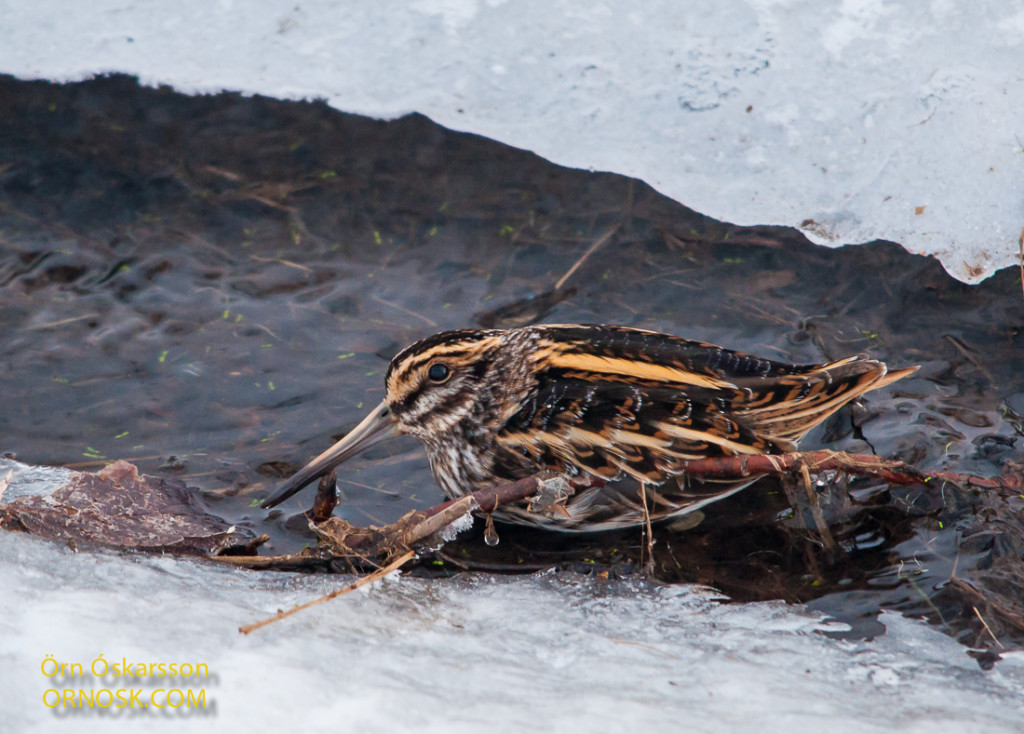
This one was in a warm brook near Selfoss, South Iceland, in the middle of January 2015.